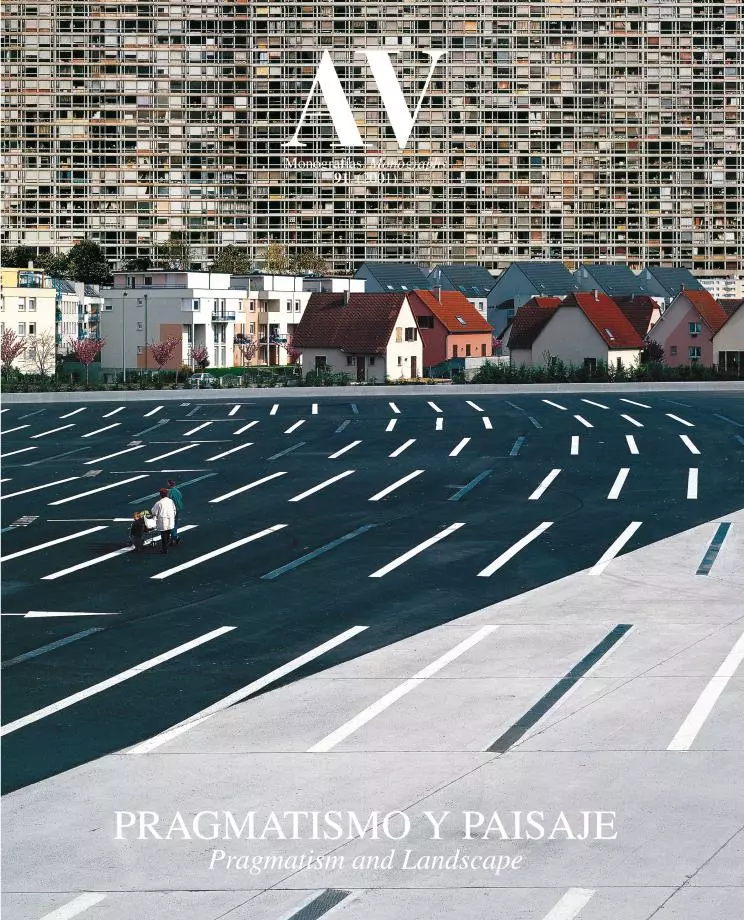
Architects, with rare exceptions, are not philosophers. But more than other producers of culture they seem to be “natural” Pragmatists. This was one of the thoughts that struckme at a conference entitled ‘Things in the Making: Contemporary Architecture and the Pragmatist Imagination’ held last November at the Museum of Modern Art in NewYork. I was the convener of this two-day event together with Terence Riley, director of the museum’s department of architecture and design. Philosopher John Rajchman, who gave one of the keynote talks, worked with us to frame the issues. Our intent, carefully premeditated, was to inject a bone of contention into the intellectual vacuum that has been yawning in architecture following the “theory exhaustion” of the late’ 90s.We wanted to see whether Pragmatism, which has been enjoying a revival in other fields in recent years – from literary criticism and legal studies to feminism and political thought – might also be a useful lever to pry open some petrified formations in architecture. The common conflation of generic or “small ‘p’” pragmatism – associated, more often than not pejoratively, with practicality, expediency, and instrumentalism – with philosophical or “big ‘p’” Pragmatism – the intellectual tradition of Charles Sanders Peirce,WilliamJames, and JohnDewey, its founding fathers – posed both a danger and a challenge. It was therefore of value to have present two of the major thinkers and public intellectuals associated with what has come to be called Neopragmatism, Richard Rorty and Cornel West, who engaged in conversations at the conference with Peter Eisenman and Rem Koolhaas respectively... [+]





